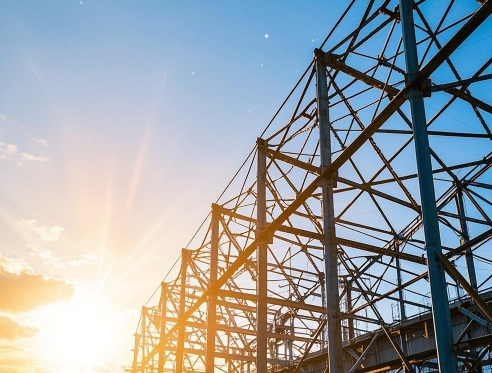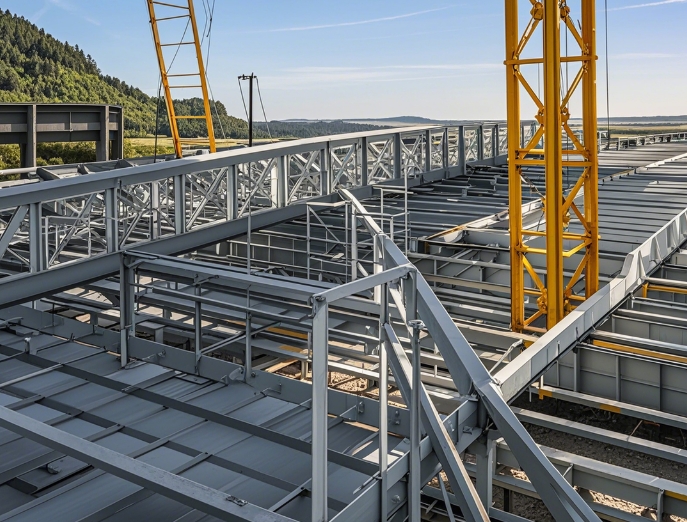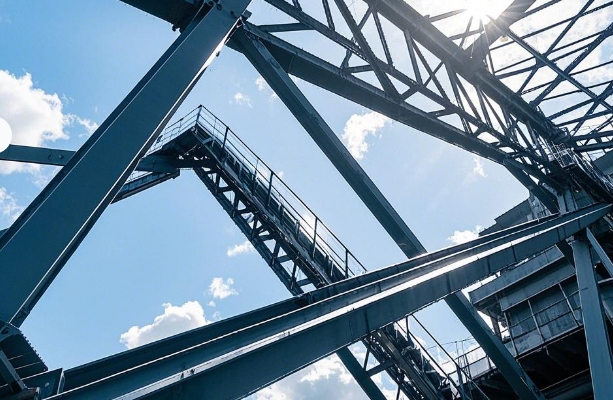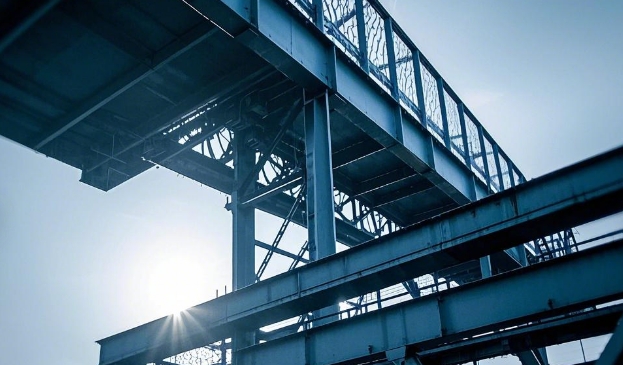Introduction to Connection and Welding Process of Grid Steel Structure!
更新时间:2025-01-26 09:54:33•点击:74746 • Industry Views
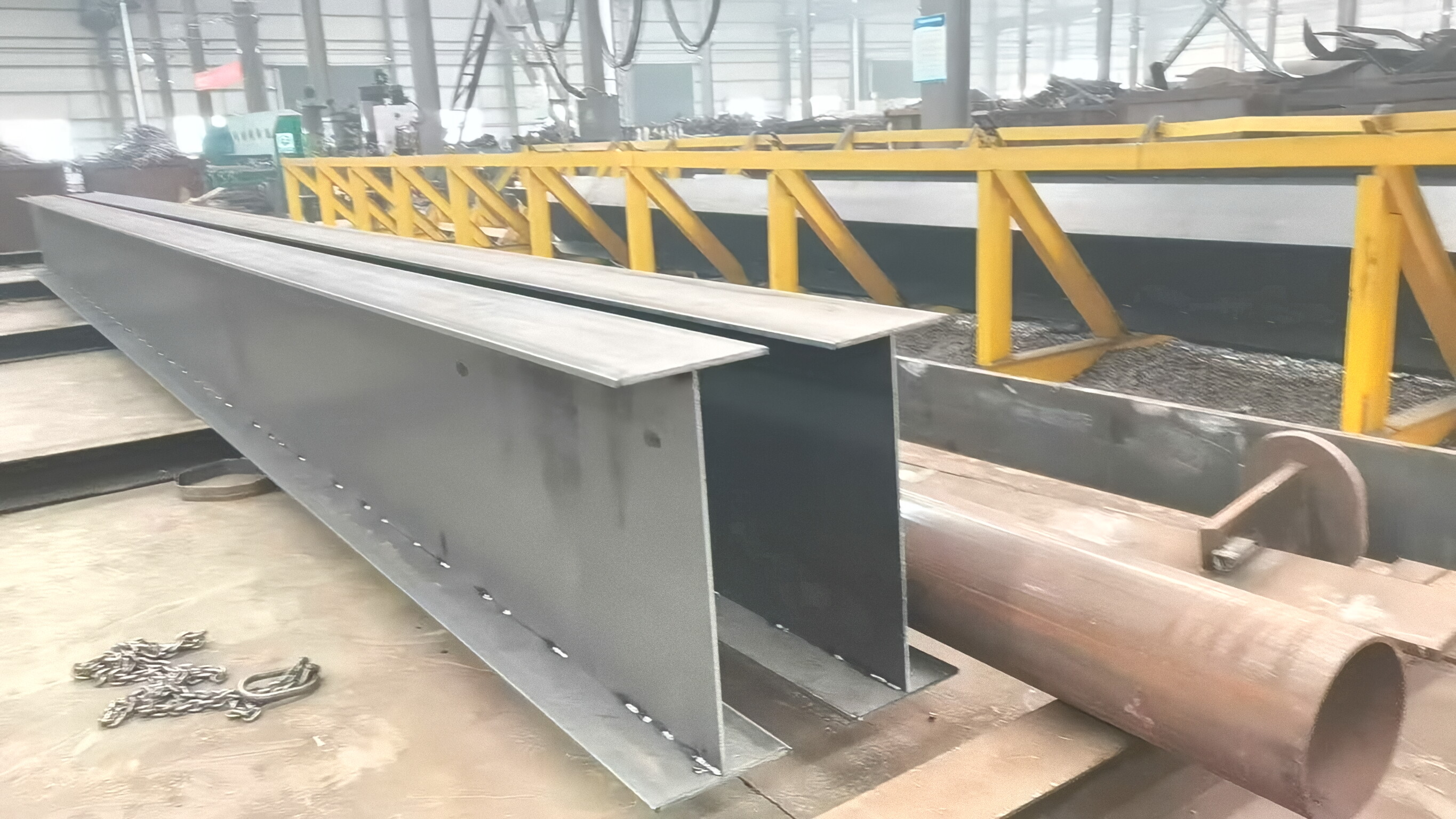
Connection process
Welding connection
Principle: By generating heat through an arc, the welding rod and workpiece are locally melted, cooled and condensed into a weld seam, thereby connecting the pipe fittings into one.
Advantages: Any form of component can generally be directly connected without the need for drilling holes on the component, saving labor and not reducing the steel cross-section, making full use of materials. The processing program is convenient, with high connection stiffness and good sealing performance. It can adopt fully automatic or semi-automatic operation, which can improve production efficiency.
Disadvantage: The steel near the weld seam forms a heat affected zone at high temperatures, which may cause local brittleness of the material. Uneven heating and cooling of steel during the welding process can result in residual stresses and deformations, affecting the load-bearing capacity, stiffness, and performance of the steel. Local cracks are prone to spreading to the whole, and the problem of low-temperature brittleness is more prominent.
Bolt connection
Ordinary bolt connection: The operation is relatively simple. When installing, pass the bolt through the hole of the connected part and tighten the nut to achieve the connection. Commonly used for parts that do not require particularly high connection strength and require frequent disassembly or adjustment.
High strength bolt connection: The force is transmitted through the pre tension of the bolt and the frictional force between the contact surfaces of the connecting parts. During installation, specialized tools are required to apply the specified pre tension, which can provide high connection strength and reliability. It is widely used in grid steel structures to withstand dynamic loads and important connection parts.
Rivet connection
Principle: The rivets used in the truss components are made of rivet steel with good forging performance. First, a hole with a diameter 1.0-1.5mm larger than the rivet is made on the connected component. The rivet with a semi-circular head at one end is heated to cherry red and inserted into the hole. Then, it is riveted with a rivet gun or riveting machine to fill the rivet hole and create another rivet head.
Characteristics: Good toughness and plasticity, but labor-intensive and consumable, complex structure, currently only used for large-span steel truss structures that can withstand large dynamic loads. They are almost replaced by welding in factories and high-strength bolt connections on construction sites.
welding technology
Preparation before welding
Material inspection: Ensure that the steel used meets the design requirements, inspect the quality and specifications of welding materials such as welding rods and wires, and check for moisture, deterioration, and other conditions, which must comply with the corresponding standards.
Node and member processing: Process spherical nodes and other components to ensure smooth and defect free surfaces. Prepare the members connected to the nodes according to the design drawings to ensure dimensional accuracy.
Cleaning and protection: Clean the welding area, remove impurities such as oil, rust, and moisture to avoid affecting the welding quality, and prepare necessary safety protective equipment.
Positioning and Fixtures: Use fixtures to fix the rods and spherical nodes in the correct position, ensuring accuracy during welding and preventing displacement or deformation during the welding process.
Welding operation
Welding process selection: Based on the characteristics of the grid structure, steel material, welding position, and other factors, choose the appropriate welding process, such as gas shielded welding, arc welding, etc. Gas shielded welding has the advantages of good protection effect, high weld quality, and fast welding speed; Arc welding equipment is simple and adaptable.
Welding parameter determination: Select appropriate parameters such as current, voltage, and welding speed based on material thickness, welding position, etc. Larger current and voltage can be used for thick plate welding or flat welding positions to ensure the penetration depth and formation of the weld seam; Small parameters are required for thin plate welding or overhead welding positions to prevent burn through or poor weld formation.
Welding sequence control: Reasonably arrange the welding sequence to reduce welding deformation and stress concentration. Welding the main load-bearing components first, followed by welding the secondary components; Weld the weld seam with large shrinkage first, and then weld the weld seam with small shrinkage.
Post weld treatment
Weld inspection: After welding is completed, conduct a visual inspection to check for defects such as porosity, slag inclusion, cracks, undercutting, etc. on the surface of the weld, and whether the weld size meets the design requirements. Then perform non-destructive testing, such as ultrasonic testing, X-ray testing, etc., to detect whether there are defects inside the weld seam.
Cleaning and rust prevention: Clean the welding area to remove welding slag and oxides, and carry out rust prevention treatment as needed, such as spraying anti rust paint, hot-dip galvanizing, etc., to prevent steel from rusting and corrosion, which will affect the service life of the structure.
Recommended Reading
-
Full analysis of seismic design and maintenance of grid structure
2025-02-27 16:16:52•1196402 次
-
What are the key process points to follow in order to ensure the quality of grid processing?
2025-02-27 11:21:00•115679 次
-
What type of construction is the grid mainly suitable for?
2025-02-25 16:42:00•111897 次
-
Quality control requirements of grid manufacturers!
2025-02-25 16:02:44•208064 次
